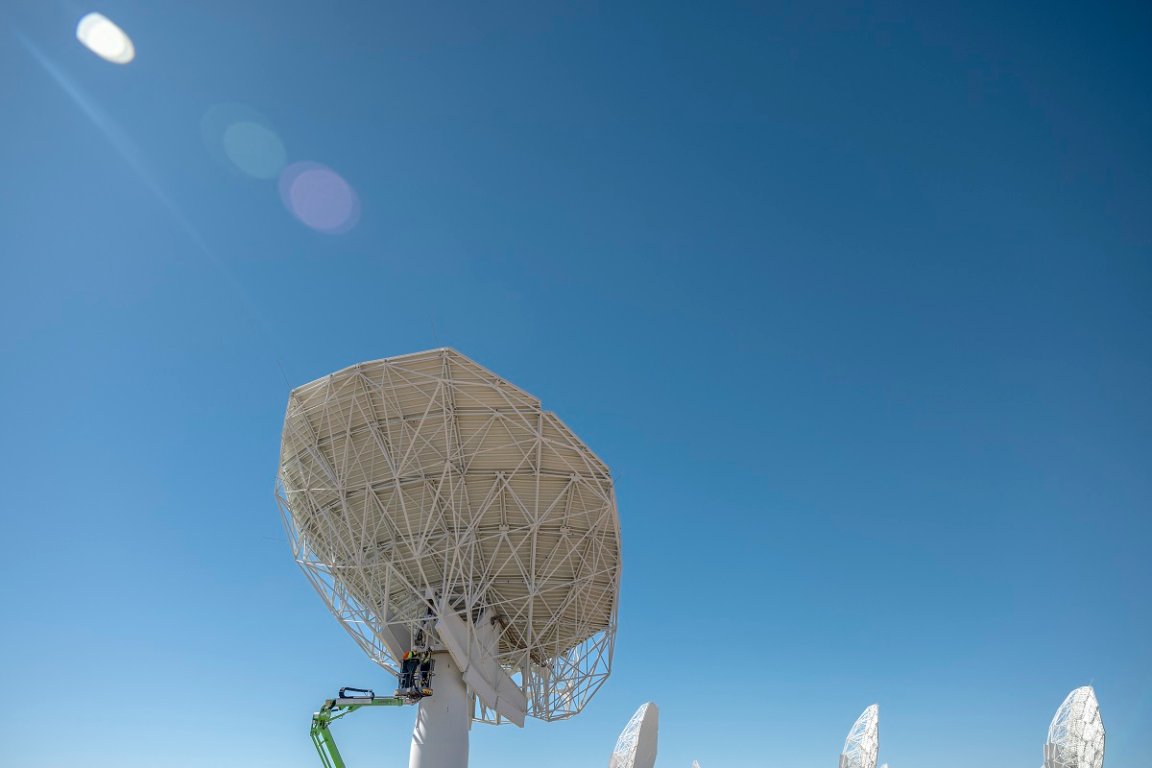
Astronomers have spotted something strange and spectacular: a mysterious object that keeps emitting pulses every 44 minutes.
In a press release from Australia’s Curtin University, which was part of the international team that detected the object just 15,000 light-years away in our Milky Way galaxy, astronomers explained that the find was all the more stunning because the signal is coming in the form of both X-rays and radio waves.
The object, which was named ASKAP J1832-0911 after Australia’s ASKAP radio telescope that was used to detect it, was discovered emitting two-minute-long pulses that would pause and then repeat 44 minutes later. As the Curtin press release explains, the researchers lucked out when they realized that NASA’s Chandra X-ray Observatory was observing the same part of the sky and detected the same repeating signal in X-ray form.
This dual-natured pulse belongs to a newly-discovered class of space phenomena known as “long-period radio transients,” or LPTs for short.
Discovered in 2022 by the International Centre for Radio Astronomy Research — which also sponsored this latest study — these mystery pulses have unknown origins and occur in fixed intervals of minutes or hours. They’re considered by astronomers to be remarkably slow as compared to the signals emitted by pulsars, those rapidly-rotating stars that send out similar bursts every few milliseconds when their poles point in Earth’s direction.
In the years since they were first discovered, astronomers around the world have only detected some 10 other LPTs — but before now, none have been run through X-ray telescopes as well.
According to Ziteng “Andy” Wang, an ICRAR-affiliated Curtin astronomer and the lead author a paper about the finding that was just published in the journal Nature, discovering the dual nature of LPTs in such a coincidental manner “felt like finding a needle in a haystack.”
“The ASKAP radio telescope has a wide field view of the night sky, while Chandra observes only a fraction of it,” Wang explained in the Curtin press release. “So, it was fortunate that Chandra observed the same area of the night sky at the same time.”
Because LPTs are such a new phenomenon to astronomers, they can’t say for sure what causes them.
When the first of them were discovered, astronomers posited that they could be coming from magnetars, a type of neutron star with extremely strong magnetic fields that also emit radio pulses at faster intervals, leading to the ICRAR team positing that they may have an “ultra-long-period magnetar” on their hands.
While the magnetar theory appears to have been scrapped, the astronomers behind this update in LPT knowledge are hopeful that it will help them figure out what these strange, slow pulses are about.
“This object is unlike anything we have seen before,” said Wang.
More on strange space: Scientists Startled by Discovery of Small Star Swimming Through Outer Layers of Another Larger Star